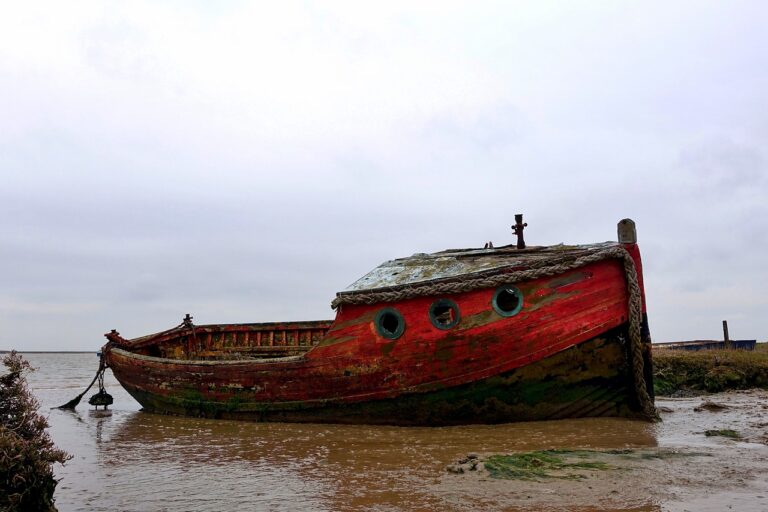
Introduction
Marine wreck removal is a critical and intricate process in the maritime industry, essential for ensuring the safety of navigation channels, protecting marine environments, and salvaging valuable materials. This comprehensive exploration delves into the multifaceted world of marine wreck removal, examining the technical, environmental, and legal challenges involved in clearing the oceans of navigational hazards.
The Imperative of Marine Wreck Removal
Marine wrecks, which can result from collisions, groundings, or mechanical failures, pose significant risks. They threaten safe navigation, potentially cause environmental disasters, and disrupt marine ecosystems. The removal of these wrecks is not just about mitigating immediate dangers; it also involves long-term considerations such as protecting underwater habitats and preventing pollution from the decaying remains of sunken vessels.
Technical Challenges
The technical aspects of marine wreck removal are highly complex, requiring a blend of engineering prowess, precise planning, and specialized equipment. Each wreck presents unique challenges, often necessitating custom solutions. For example, the depth at which a wreck lies can significantly affect the strategy used, ranging from lifting with cranes for shallow wrecks to more complicated procedures involving cutting and sectioning for deep-sea wrecks.
Environmental Considerations
Environmental protection is a priority during wreck removal operations. The potential for oil spills, leakage of other hazardous materials, and disturbance to marine life means that every operation must be meticulously planned to minimize ecological impact. Techniques such as surrounding the wreck with booms to contain any leaking substances and using non-invasive methods to break apart the wreck are often employed.
Navigating Legal Waters
Legal complexities add another layer of difficulty to wreck removal operations. International laws, such as those outlined by the International Maritime Organization (IMO), provide frameworks and guidelines, but the actual implementation often depends on local regulations and the specifics of the maritime incident. Ownership issues, liability, and insurance claims can also complicate proceedings, requiring skilled negotiation and comprehensive legal knowledge.
Role of Technology
Advancements in technology have significantly improved the efficiency and safety of wreck removal operations. For instance, sonar and other remote sensing technologies allow for detailed underwater mapping, facilitating precise planning and execution. Additionally, remotely operated vehicles (ROVs) and sophisticated rigging systems enable safer and more effective removal strategies, reducing the need for diver intervention and minimizing the risk to human life.
The Human Element
Despite technological advancements, the human element remains crucial in the wreck removal process. Skilled divers, engineers, and project managers play key roles in ensuring operations are carried out safely and effectively. The expertise and decision-making capabilities of these professionals often determine the success of a removal operation, especially in adverse conditions.
Economic Impact
The economic implications of marine wreck removal are significant. The costs can be substantial, particularly for large or hazardous wrecks. These operations not only involve expensive equipment and personnel but also significant planning and post-operation analysis. However, the financial cost is justifiable when considering the potential risks to shipping lanes, fisheries, and coastal communities that wrecks pose.
Case Examples
Several high-profile wreck removal operations highlight the industry’s challenges and successes. The removal of the Costa Concordia off the coast of Italy required an unprecedented lift and was one of the most expensive salvage operations in history. Similarly, the operation to remove the Rena from New Zealand’s waters took over two years, involving complex underwater cutting operations and meticulous environmental protection measures.
The Future of Marine Wreck Removal
Looking forward, the field of marine wreck removal is likely to see further innovations. Developments in automation and machine learning could lead to more predictive wreck management, potentially preventing some risks before they escalate. Enhanced global cooperation and stronger regulatory frameworks might also streamline operations, making quick and safe wreck removal more feasible.
Conclusion
Marine wreck removal is an essential service within the maritime industry, characterized by its high stakes and multidisciplinary challenges. As shipping routes become busier and vessels larger, the importance of effective wreck removal operations grows. Balancing technical, environmental, and legal considerations with the unforgiving nature of marine environments makes this field both challenging and vital for global maritime safety and environmental conservation. As the industry evolves, so too will the methods and technologies at the forefront of this crucial work, continually improving to meet the demands of modern maritime challenges.